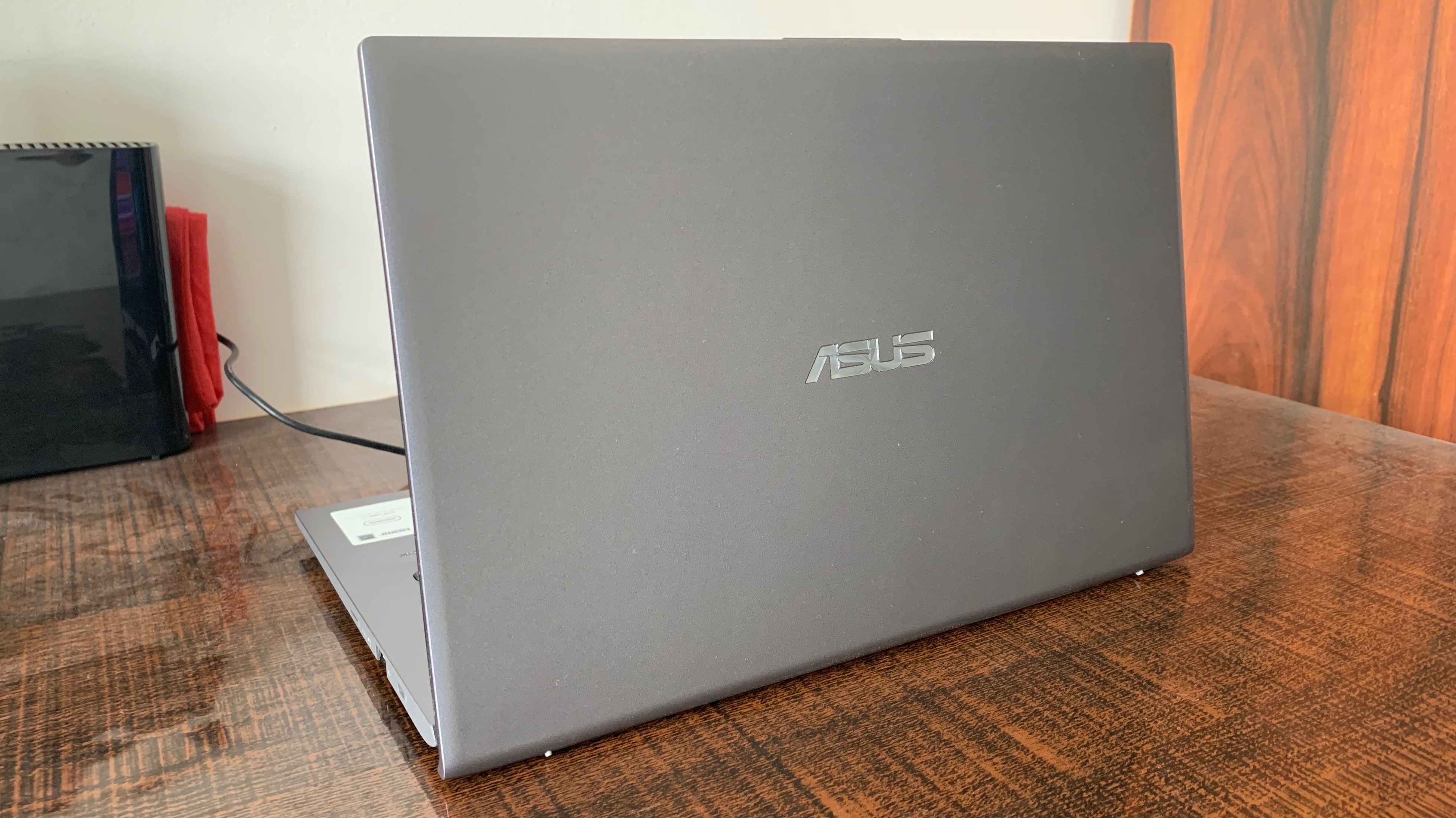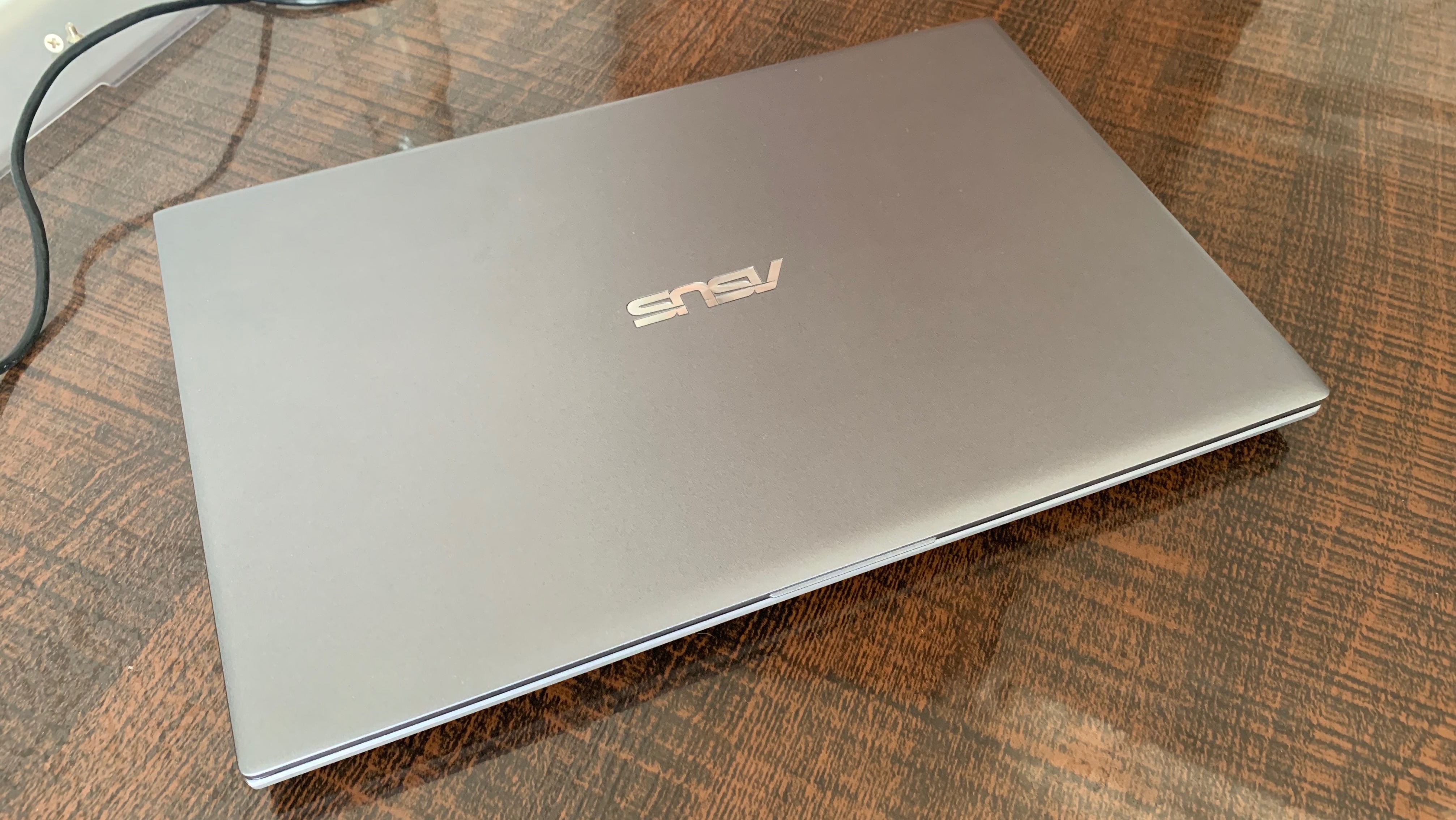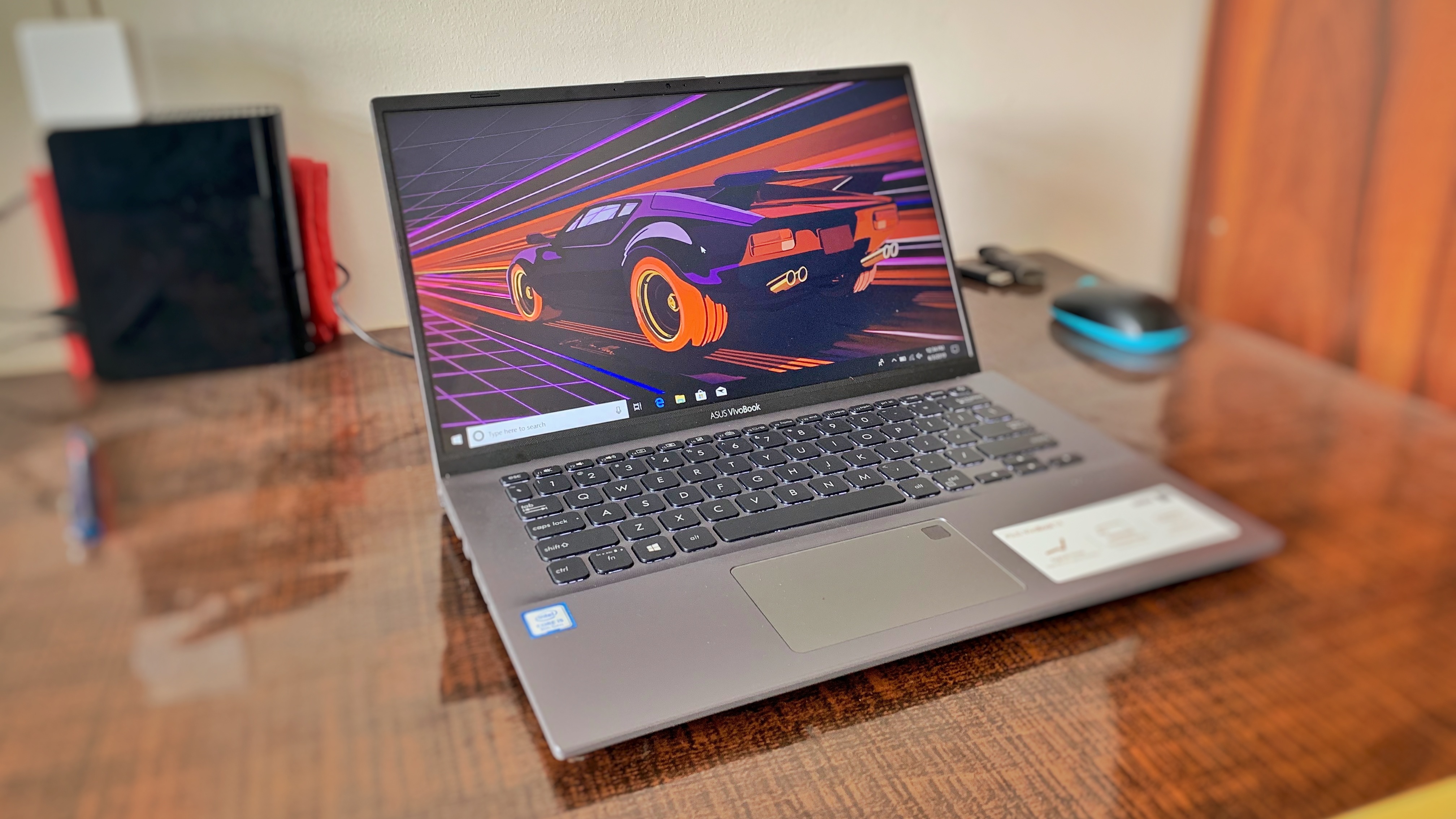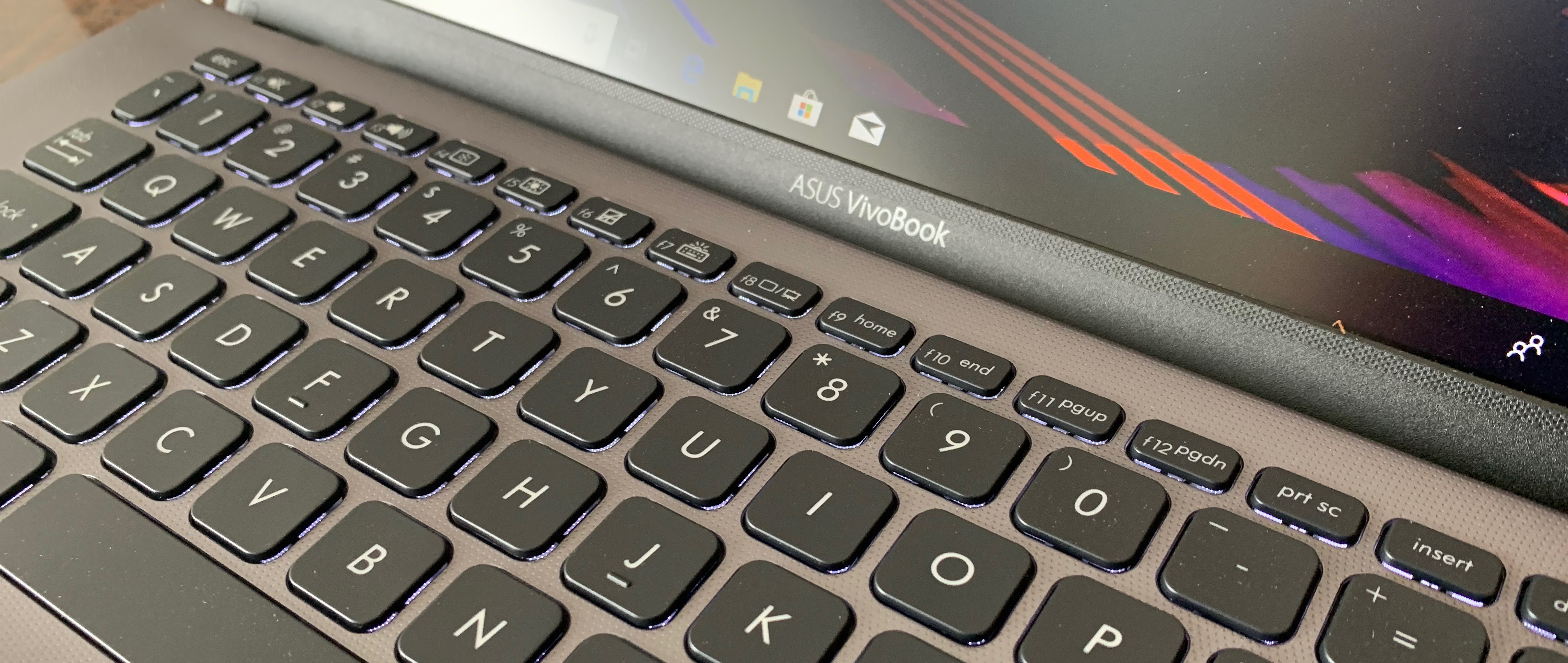TechRadar Verdict
Asus VivoBook 14 does everything you expect from a mid-range laptop and then some. It is a powerful little machine which can be depended upon. Just don’t go around expecting too much from it and you’ll love the investment.
Pros
- +
Value for money
- +
Great performance
- +
Hinge design
- +
Typing on the keyboard is a bliss
- +
Decent battery life
Cons
- -
Sub-standard Display
- -
Average audio output
Why you can trust TechRadar
Touted as the world’s smallest 14-inch laptop, Asus brought the VivoBook 14 (X412) to India on June 11. It was unveiled alongside the VivoBook 15 and VivoBook 17 during the Consumer Electronics Show (CES) earlier this year. The VivoBook 14 is targeted towards users who are looking for ultra-portability but without a dip in the day-to-day performance.
Now, the VivoBook is an affordable laptop given its configuration because there aren’t many options available when it comes to ultrabooks in this segment. HP and Lenovo have similar offerings but they cost upwards of Rs 60,000. Even Asus’ own ZenBook 14 which almost has the same set of hardware as the VivoBook 14 retails for Rs 80,990.
As such, the VivoBook 14 makes for a great option and the affordability is one of its strong suits. Having said that, does it come with the essential bells and whistles that can tempt the end user, let’s find out.
Price and availability
Starting at Rs 33,990, Asus VivoBook 14 (X412) is powered by a 7th generation Intel Core i3-7020U processor with 4GB of RAM and 256GB SSD. The second SKU has 8th generation Intel Core i5-8265U paired with 8GB of RAM and 512GB SSD, priced at Rs 54,990.
In addition, the top-end variant has NVIDIA GeForce MX230 at its disposal and is up for grabs at Rs 59,990.
All the aforementioned SKUs of the Asus VivoBook 14 (X412) are available on Flipkart in India.
Design and Display


Asus offers the VivoBook 14 in two stylish colours-- Peacock Blue which is kind of like a gradient finish with a bit of purple and green added into the mix and Coral Crush which has a bright matte finish. Apart from these two, the laptop also comes in two classic hues-- Transparent Silver and Slate Grey, which is what we got to review. The peppy colours will most definitely appeal to young takers while the regular colour options are for those looking for a bit of elegance.
Picking up the laptop in hand, it immediately feels compact and lightweight. This is largely due to the use of plastic in the overall construction. Being a 14-incher, Asus says that the VivoBook 14 has 6.8% smaller profile than the previous models. However, the difference is meager and doesn’t do much to prove its point. It is still 19.5mm thick and weighs in at 1.5kg. One can also feel the heft that comes with the laptop but it’s not as much as you’d expect when looking for an ultrabook.
Opening up the laptop from its lid, I couldn’t help but notice the flex that makes it feels less sturdy than it looks. The ErgoLift hinge design enables the base of the laptop to be elevated by 2-degrees, thereby making it more ergonomic for typing for long hours. This 2-degree increase in tilt is only after the lid has been opened at a 135-degrees.
The chassis features concentric textured dots around the entirety of the laptop, except for the trackpad region on the base. It is a departure from the regular matte finish that covers the lid and gives the laptop a bit of style.

Asus VivoBook 14 features a 14-inch Full HD display (1920 x 1080 pixels) with minimal bezels around it. Asus uses words like “ultra-thin bezels” and “frameless NanoEdge display” to highlight an 87% screen-to-body ratio. Having said that, the bezels on the right and left side measure 5.7mm while the top bezel measures 8.8mm followed by the bottom bezel embossed with the name of the laptop series, measuring 11.4mm.
In simple words, the bezels are not as thin as you’d come to expect but it is still an upgrade over last year’s VivoBook 14.
The VivoBook 14 (X412) uses an LCD panel which gets bright when you want it to but it doesn’t support the full range of sRGB colour gamut. Hence, colour reproduction is pretty average with a noticeable blue tinge, if looked closely. To optimize colours and contrast, the laptop comes preloaded with a set of display enhancement tools including colour gamut management, temperature correction and Tru2Life video technology which are automatically controlled. In addition, users can select between pre-defined display modes but even that doesn’t help improve the quality by a long shot.
The display is also coated with a matte finish that reduces most of the glare that falls on it thereby allowing good viewing legibility.
Overall, the laptop can be carried along with ease in backpacks or even wrapped in a sleeve. However, it would have made a huge difference if the screen were any better at its job.
- 1
- 2
Current page: Introduction, Design and Display
Next Page Under the hood, Battery life and Verdict- Siddharth Chauhan is the Consumer Technology Reporter at Digit India. He used to work as an Assistant Editor at TechRadar India

